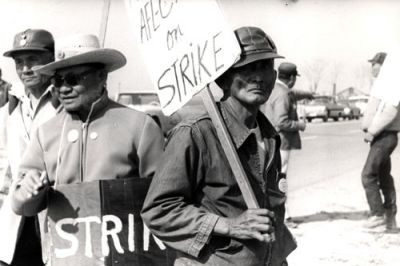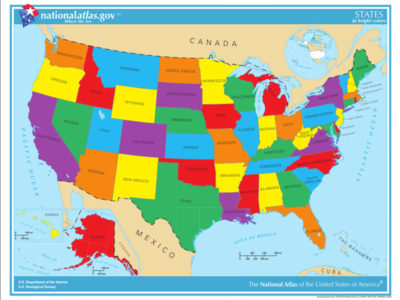State Agencies Respond to Trump’s EV Threats
A solid list of proposals – are they enough?
The Trump Administration and Congress have spent much of the year attacking vehicle electrification efforts–everything from executive orders threatening electric vehicle policies and incentives (in the name of promoting “true consumer choice”) and the repeal of vehicle emission standards (backed by false claims of consumer savings) to the elimination of EV tax credits and manufacturing programs and the purported elimination of California’s preemption waivers for clean car and truck regulations (executed outside the bounds of the Clean Air Act and subject to legal challenge).
California leads EV efforts in the US and is the clear (in some cases explicit) target of many of these federal actions. How can the state respond to protect its public health, environment, industries, and legal sovereignty?
In June Governor Newsom issued his own executive order reaffirming California’s commitment to zero-emission vehicles–including the 2035 and 2045 targets for 100% zero-emission automobile and truck sales, respectively–and directing relevant state agencies to deliver a set of recommendations for the state to continue progress on electrification.
The agencies, led by the California Air Resources Board, were instructed to focus on consumer protections, charging access and reliability “voluntary efforts,” and partnerships. Electric vehicle advocates, experts, and industry players flooded CARB’s public docket to show broad support for a range of policies.
CARB delivered the combined state agency response to the Governor last week. The nearly 20 recommendations cover vehicle incentives, charging infrastructure, electricity affordability, and public procurement. Overall, they are a mix of strong proposals to help build progress (or minimize damage) and some vague directives or restatements of existing state policies. Highlights include:
- Statewide indirect source rule: Using existing Clean Air Act authority, CARB could implement a statewide “indirect source” rule limiting emissions from heavy-duty vehicles at major freight facilities like ports and warehouses. This approach would help tackle some of the most harmful air pollutants in vulnerable communities and ensure steady progress on electrifying trucks without imposing a direct requirement on manufacturers.
- Backfilling federal tax credits: The state could use state funding to “provide point-of-sale rebates, vouchers, or other credits to keep new vehicle sales robust and expand the availability of used [zero-emission vehicle] on the secondary market.” California has a long record of generous clean vehicle credits and rebates, which state leaders have trimmed over time as EVs have neared market parity, the Inflation Reduction Act expanded and extended federal incentives, and budget priorities shifted. With the IRA programs now set to expire this year, the state wants to step back into the game. But with the state budget on precarious footing and programs shrinking left and right, it’s hard to see California making much of a dent on this front.
- Consumer assurance measures: The Department of Consumer Affairs could design battery warranty, vehicle durability, and battery state of health data requirements to help more buyers, in particular used EV buyers, feel comfortable investing in an EV. This is a fairly low-profile concept, but it has potential at a time when many early adopters are swapping their first EVs for new models, generating a supply of lower-cost used EVs accessible to low- and moderate-income buyers. Simple consumer protection measures like these could bolster the used EV market and greater equity in vehicle access, with no major budget implications or legal considerations for the state.
These recommendations, and the agency and advocate efforts to develop them, demonstrate a real whole-of-government commitment to clean vehicle access, infrastructure, and affordability.
What they do not include–and the Governor did not request–are major proposals to ensure an eventual electrification transition, should the effort to eliminate California’s waivers succeed. Nor do they constitute the type of major, ambitious action that would represent the next step in California’s 60-year leadership of the nation’s clean vehicle movement. For that, we will need leaders in the legislature and key agencies to explore new concepts–such as the crucial role of EVs in a fully renewable-powered electric grid–that can drive a new path for electrification in the face of federal opposition.
Reader Comments
One Reply to “State Agencies Respond to Trump’s EV Threats”
Comments are closed.







EO N-27-25 specifically mentioned Advanced Clean Trucks, but the agency report did not. A question for the legal scholars at CLEE is whether reforming ACT as a feebate-type incentive program would circumvent federal preemption under the Clean Air Act and nullify Congressional jurisdiction over the program. [https://ww2.arb.ca.gov/form/public-comments/submissions/40571] I’ve gotten opinions from two environmental law attorneys; one says this would circumvent federal preemption and the other says it might not. I would be interested in CLEE’s perspective.